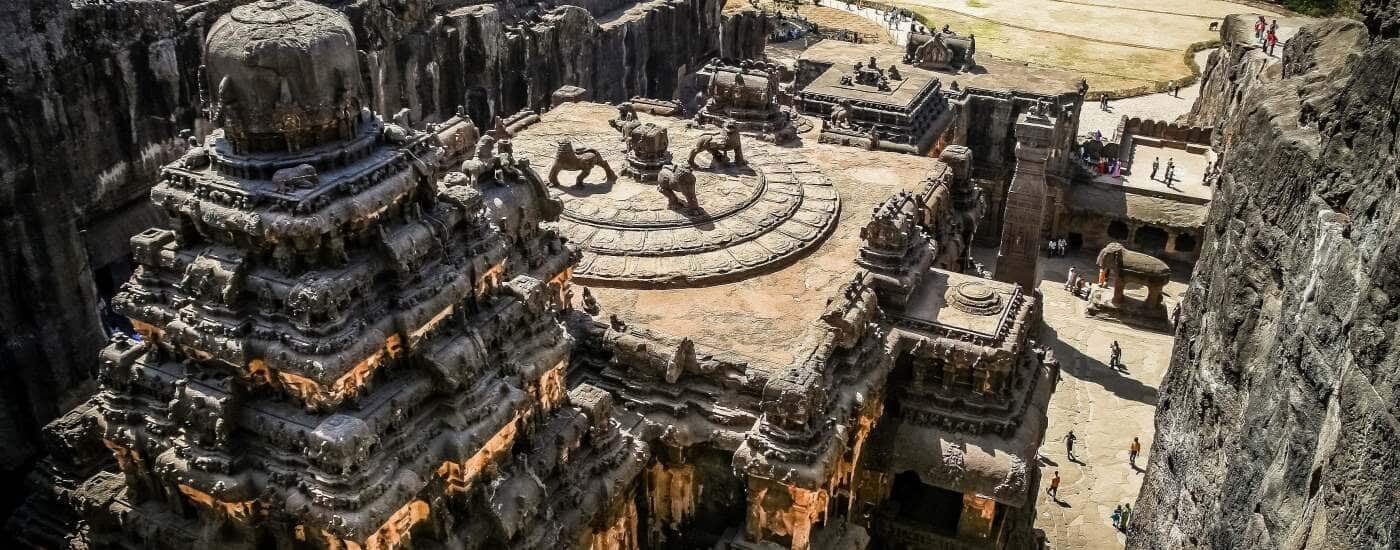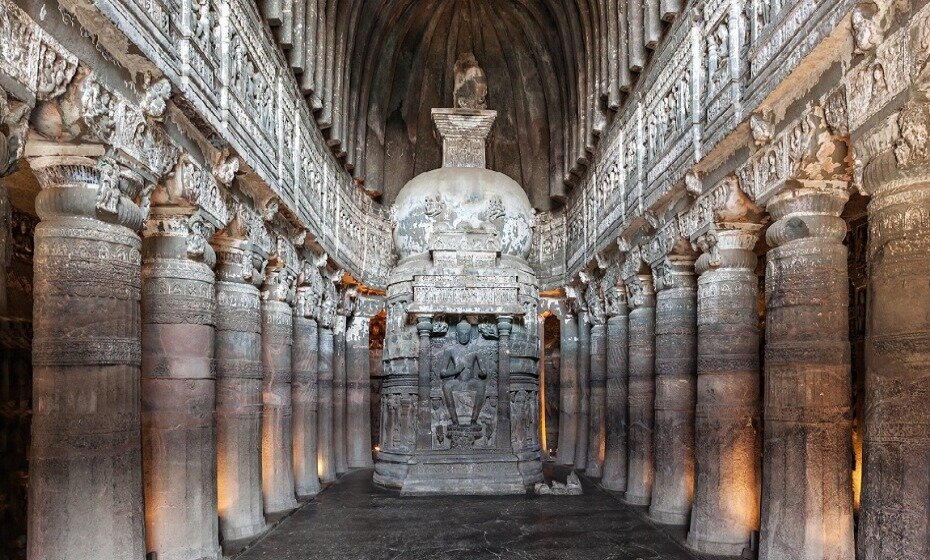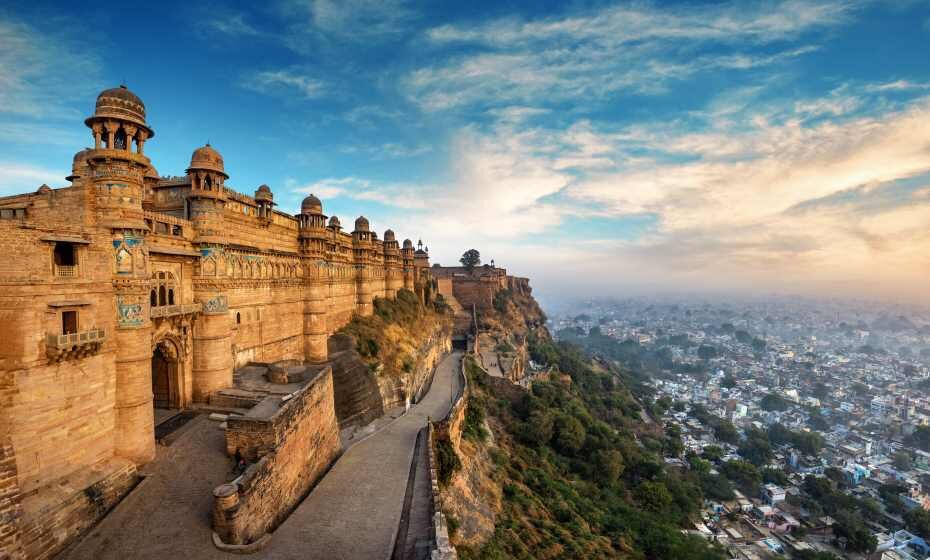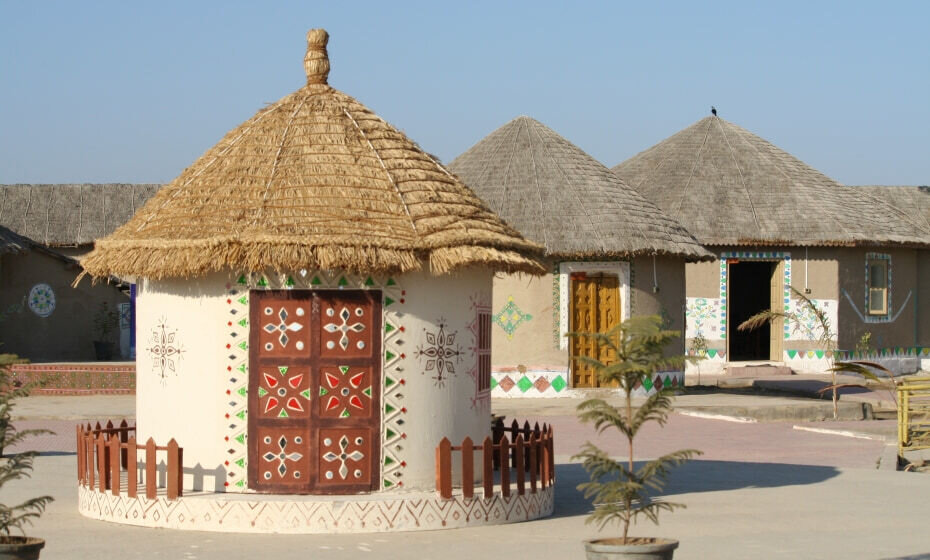World Heritage Sites in West India, Gujarat, Mumbai & Central India
Amazing wildlife sanctuaries, ancient caves, art deco buildings, mountain railways and historic monuments are just a small selection of the UNESCO World Heritage Sites in West India waiting to be discovered, along with a few in East and Central India.
What is a World Heritage Site?
World Heritage Sites are human-made or natural areas, landmarks, sites or structures recognised as having cultural, historical or scientific significance by UNESCO. They then are awarded special international protection.
WORLD HERITAGE SITES IN WEST INDIA, GUJARAT & MUMBAI
The Historic City of Ahmedabad
Founded by Sultan Ahmad Shah in the 15th century, the Historic City of Ahmadabad is the first of our World Heritage Sites in West India and showcases architecture from the Sultanate period. It includes the Bhadra citadel, Fort city, mosques, tombs and Hindu and Jain temples and housing clusters called pols with their distinctive bird feeding poles called Chabutros.
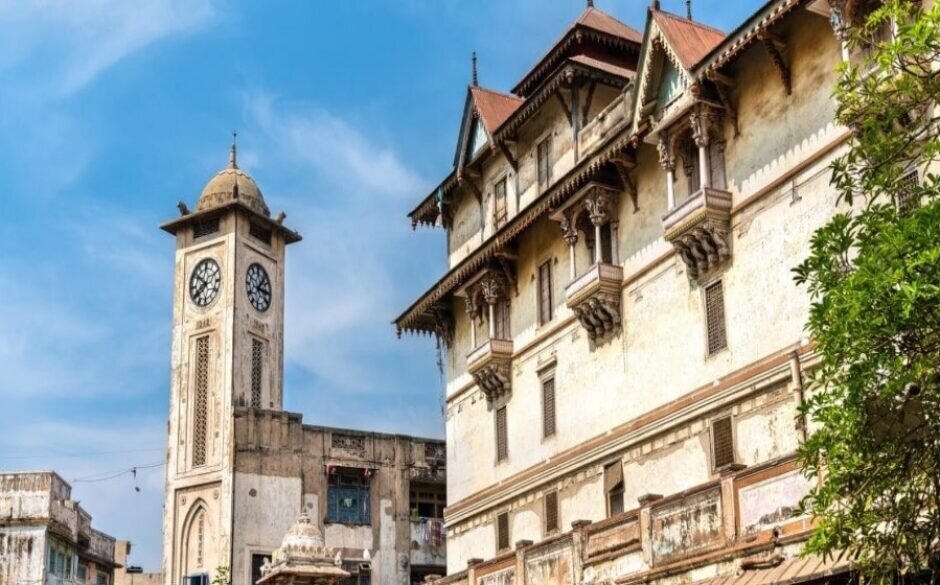
Churches and convents of Old Goa
The remains of the churches and convents of Old Goa are reminders of Goa’s many visitors from overseas. The Chapel of Santa Catarina at the door of the Muslim wall of Goa marks the location of the Portuguese invasion and the ruins of the bell tower of the Church of St. Augustine commemorate the Augustinians’ arrival in the 16th century.
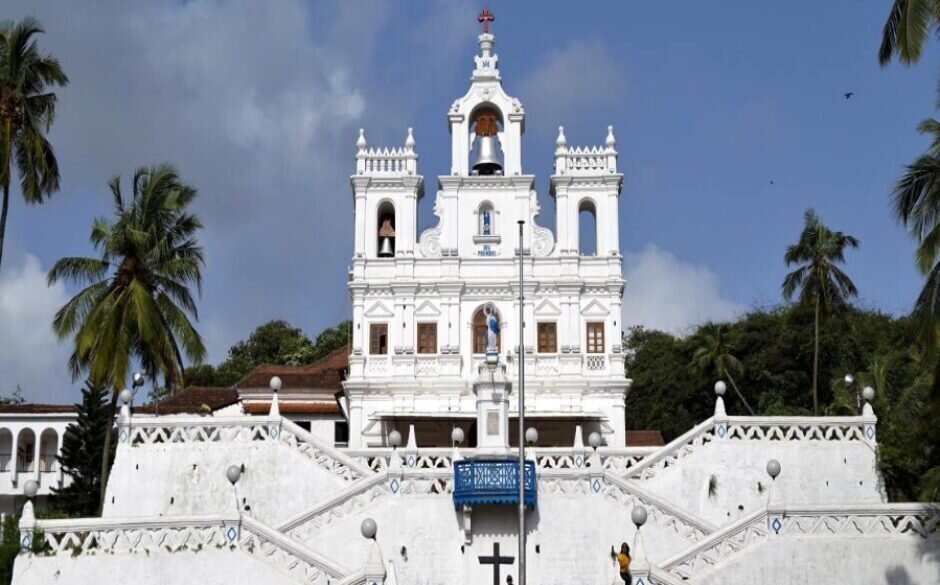
Champaner-Pavagadh Archaeological Park, Gujarat
Hidden in a landscape of prehistoric (chalcolithic) sites, a hill fortress and the remains of the 16th-century capital of Gujarat lies Champaner-Pavagadh Archaeological Park, the only complete and unchanged Islamic pre-Mughal city. The site houses largely unexcavated archaeological, historic and living cultural heritage properties dating from the 8th to 14th centuries.
Rani-ki-Vav, Patan, Gujarat
Originally constructed as a memorial to an 11th-century king, Rani-ki-Vav is a decorative stepwell. A subterranean water resource and storage system. The stepwell has the appearance of an upside-down temple and has over 1,500 sculptures over seven levels of stairs, referencing religious, mythological and literary imagery.
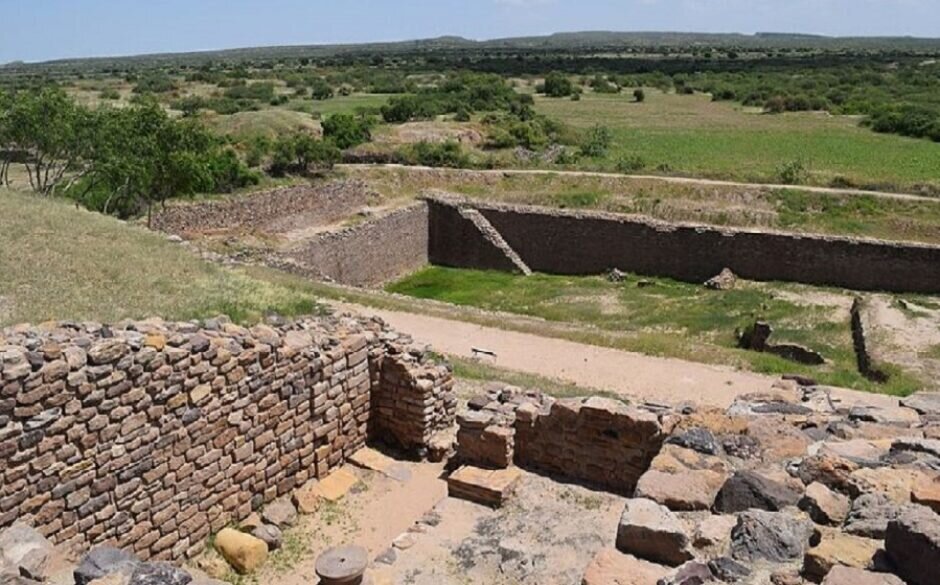
Dholavira: A Harappan City
Declared a UNESCO World Heritage Site in July 2021, you can find the ancient city of Dholavira, the southern centre of the Harappan Civilization on the arid island of Khadir in Gujarat. This fascinating archaeological site is a wonderfully preserved urban settlement that was occupied between ca. 3000-1500 BCE. It is made up of a fortified city and a large cemetery with cenotaphs testifying the Harappan’s unique view of death.
During archaeological excavations of the site, bead processing workshops and artefacts including copper, shell, stone, jewellery with semi-precious stones, terracotta, gold and ivory have been found.
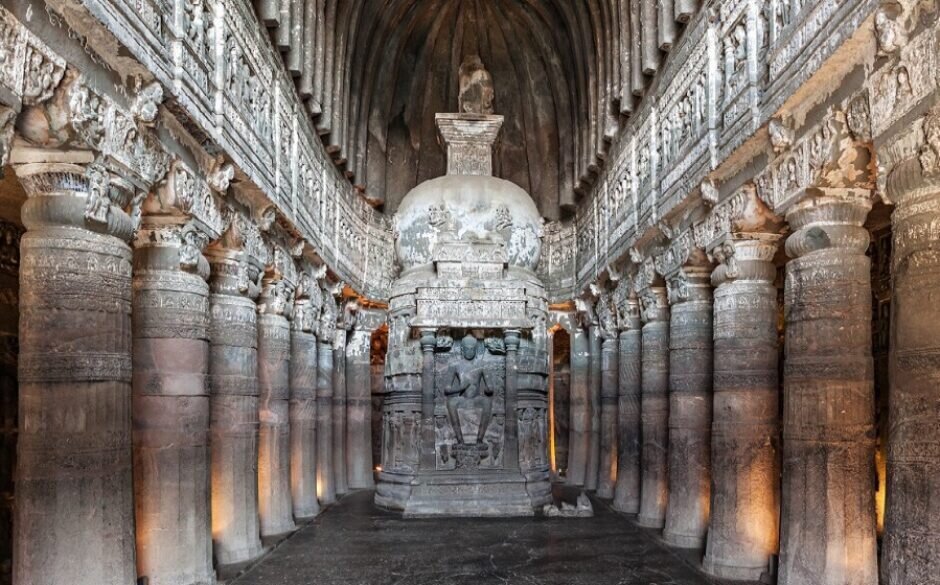
Ajanta Caves, Maharashtra
Dating back to the 2nd century B.C., the Ajanta Caves are one of the most famous of the World Heritage Sites in West India. They contain masterpieces of Buddhist religious art, depicting Buddhist traditions the past lives and rebirths of Buddha, pictorial tales from Aryasura’s Jatakamala, and rock-cut sculptures of Buddhist deities. The caves were a monsoon retreat for monks and a resting place for merchants and pilgrims in ancient India.
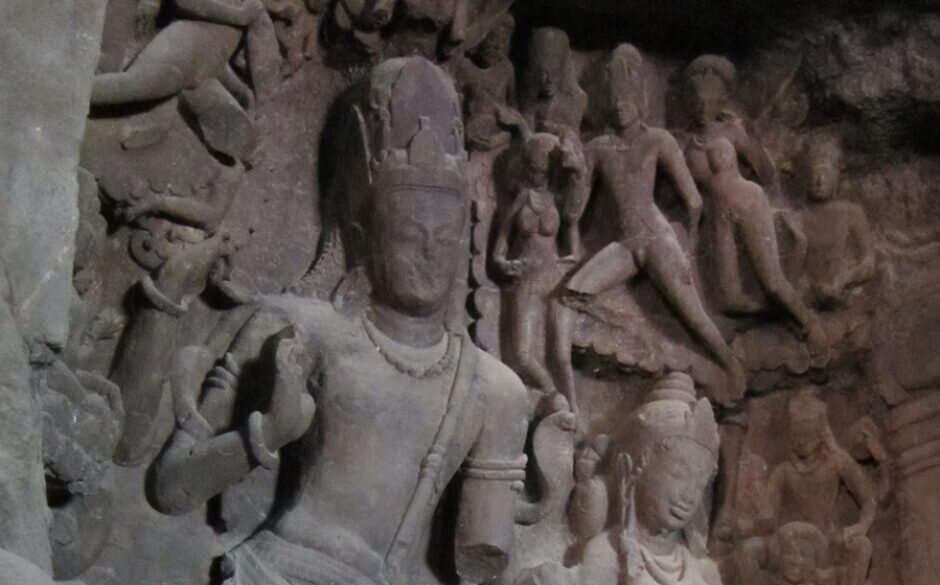
Chhatrapati Shivaji Maharaj Terminus, Maharashtra
Formerly known as Victoria Terminus Station, the Chhatrapati Shivaji Terminus in Mumbai was designed by the British architect F. W. Stevens and built over 10 years from 1878. A great example of Victorian Gothic Revival architecture, the combination of British architects and Indian craftsmen working together created a unique style.
Elephanta Caves, Maharashtra
Another of the iconic World Heritage Sites in West India, the ornate Elephanta Caves are an unmissable excursion. Located on Elephanta Island in Mumbai Harbour, these rock-cut stone sculptures hewn from solid basalt rock portray Hindu and Buddhist ideas and iconography. The ornate carvings include the 20 feet high Trimurti Sadashiva (three-faced Shiva), Nataraja (Lord of dance) and Yogishvara (Lord of Yoga).
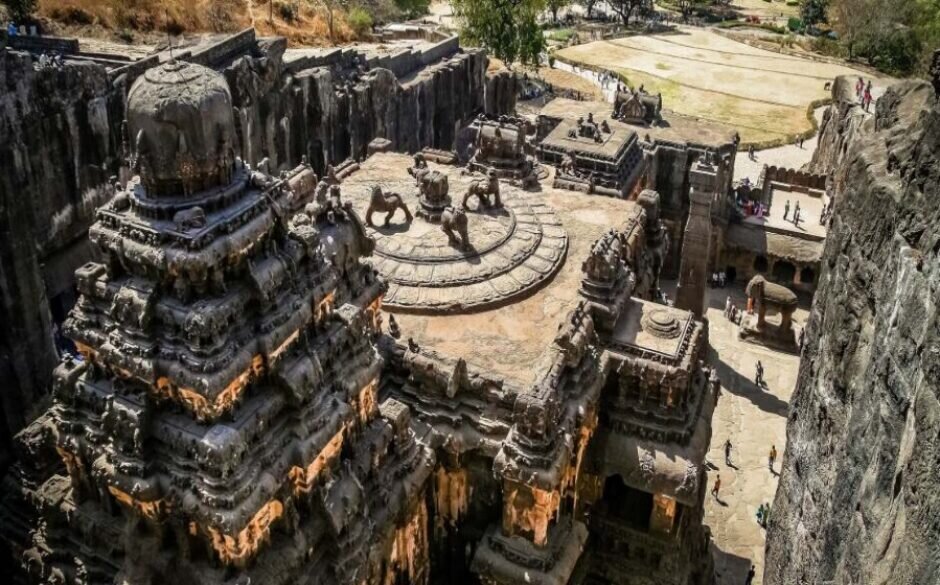
Ellora Caves, Maharashtra
The Ellora Caves are a collection of 100 caves, monasteries and temples built side by side in a high basalt cliff, 34 of which are open to the public. The caves show the religious harmony that existed in ancient India and contain Buddhist, Hindu and Jain monuments.
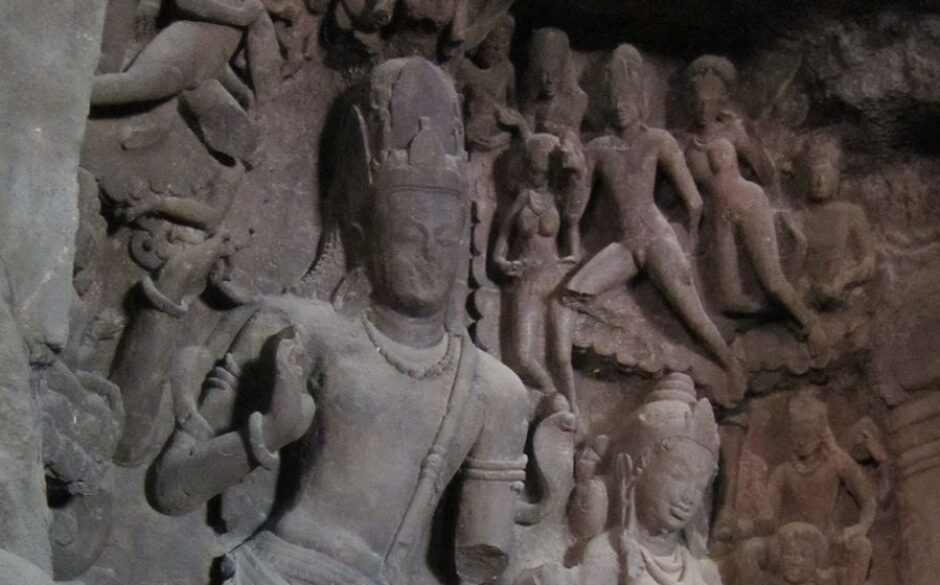
The Victorian and Art Deco Ensemble of Mumbai
Head to the fort area of Mumbai to see the 19th century Victorian Gothic and Art Deco Ensembles of Mumbai. This distinctive set of 94 buildings Neo Gothic public buildings and 20th century Art Deco buildings was declared a UNESCO World Heritage Site in June 2018.
CENTRAL INDIA WORLD HERITAGE SITES
Buddhist Monuments at Sanchi, Madhya Pradesh
The Buddhist Monuments on the hillside at Sanchi is the oldest Buddhist sanctuary in existence. The site was a prominent Buddhist centre in India and is made up of monolithic pillars, palaces, temples and monasteries dating back to the 2nd and 1st centuries B.C.
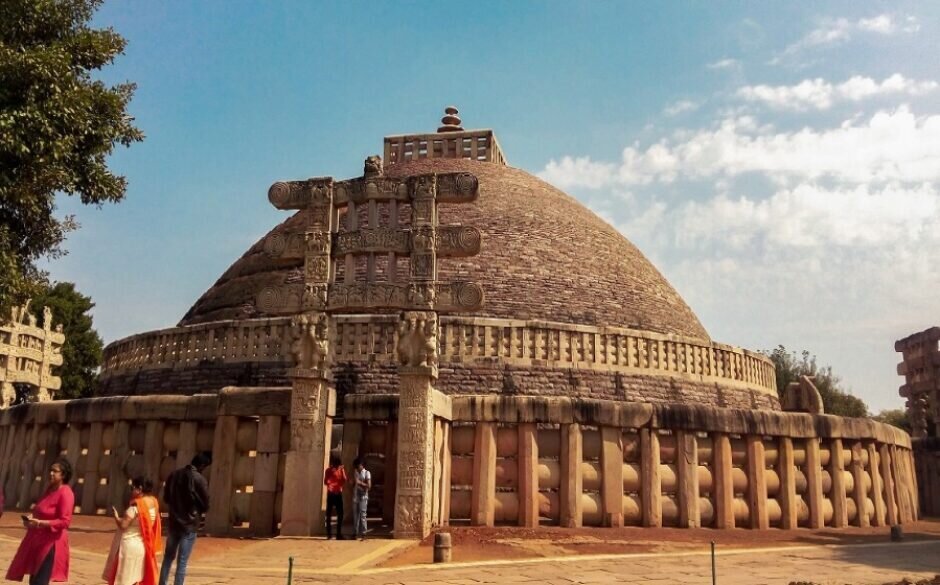
Khajuraho Group of Monuments, Madhya Pradesh
The Khajuraho Group of Monuments are famous for their nagara-style architectural symbolism and erotic sculptures. Only 20 temples remain from the 85 built between 950 and 1050 by the Chandela dynasty. One of these is the Kandariya Mahadeva Temple, decorated with intricate sculptures considered some of India’s greatest art masterpieces.
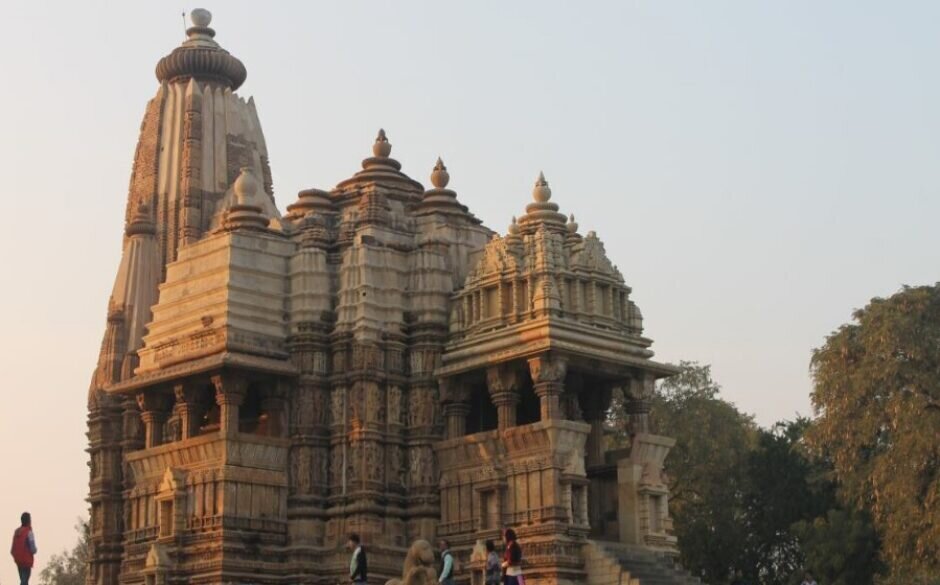
Rock Shelters of Bhimbetka, Madhya Pradesh
Nestled in the foothills of the Vindhyan Mountains, the Rock Shelters of Bhimbetka consist of 7 hills and over 750 rock shelters. The site has the oldest known rock art in the Indian subcontinent with some of the paintings in the shelters dating back to around 10,000 years old.
Kakatiya Rudreshwara (Ramappa) Temple, Telangana
Declared a UNESCO World Heritage Site in July 2021, Ramappa Temple is the main Shiva temple in a walled complex built during the Kakatiyan period (1123–1323 CE) under the rulers Recharla Rudra and Rudradeva. The building is adorned with decorated beams and carved granite and dolerite pillars. It has a distinctive horizontally stepped tower called a Vimana, made of lightweight porous ‘floating bricks’.
The temple has artistic sculptures depicting regional dance customs and Kakatiyan culture.
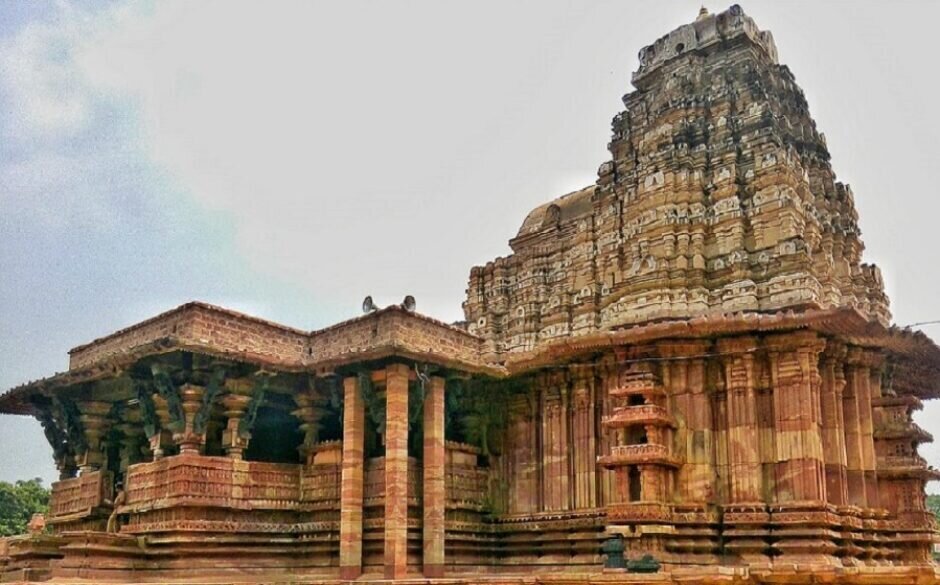
We hope our guide to World Heritage Sites in West India has provided some travel inspiration! Many of our suggested tours feature visits to World Heritage Sites in West India, but feel free to take inspiration from this list and devise your own bespoke culture escape. Happy heritage hunting!

